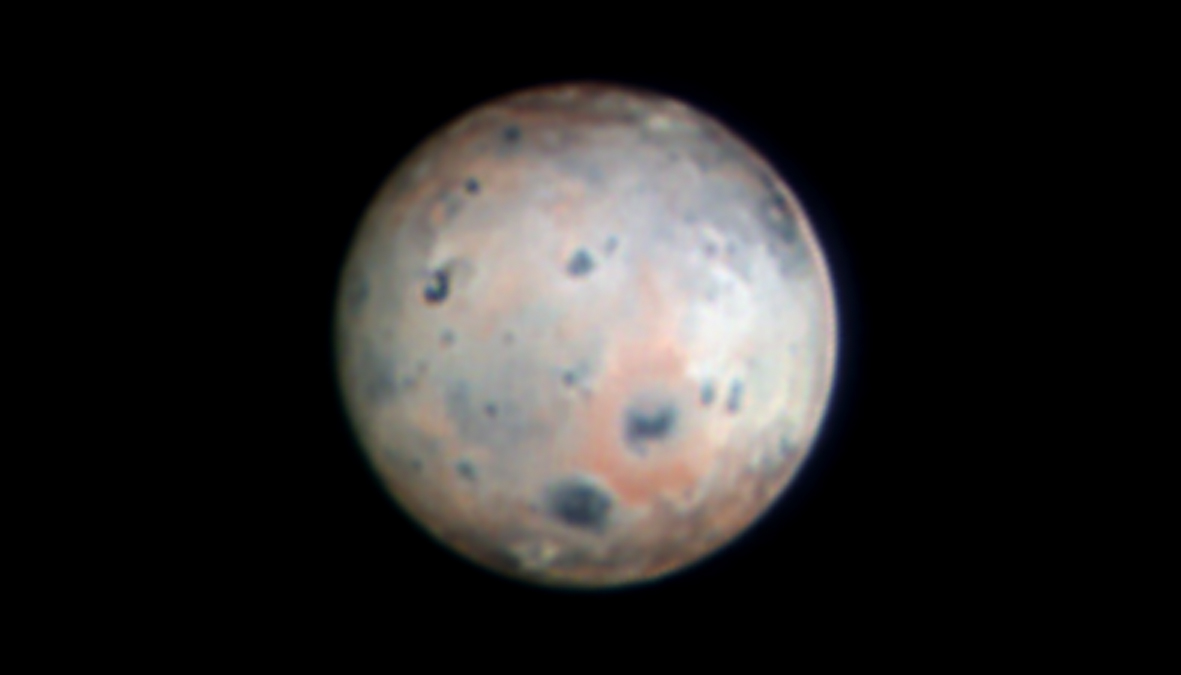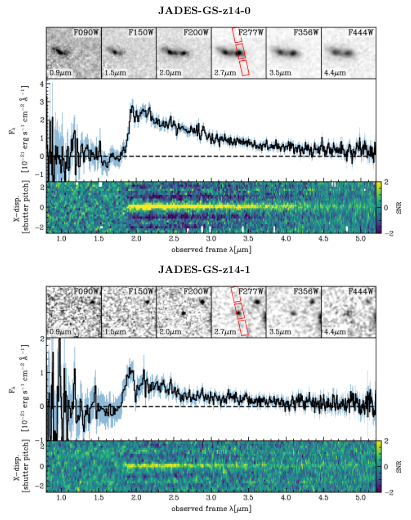2024-05-30 カリフォルニア大学バークレー校(UCB)
 The Jovian moon Io captured on Jan. 10, 2024, by the SHARK-VIS camera on the Large Binocular Telescope in Arizona. This is the highest resolution image of Io ever obtained by an Earth-based telescope. The image combines three spectral bands — infrared, red and green — to highlight the reddish ring around the volcano Pele (below and to the right of the moon’s center) and the white ring around Pillan Patera, to the right of Pele.
The Jovian moon Io captured on Jan. 10, 2024, by the SHARK-VIS camera on the Large Binocular Telescope in Arizona. This is the highest resolution image of Io ever obtained by an Earth-based telescope. The image combines three spectral bands — infrared, red and green — to highlight the reddish ring around the volcano Pele (below and to the right of the moon’s center) and the white ring around Pillan Patera, to the right of Pele.
INAF/Large Binocular Telescope Observatory/Georgia State University; IRV-band observations by SHARK-VIS@LBT [P.I. F. Pedichini]; processing by D. Hope, S. Jefferies, G. Li Causi
1979年に木星の衛星イオで火山が発見されて以来、その火山活動は科学者たちを魅了してきましたが、観測の困難さから詳細な研究は限られていました。しかし、アリゾナ州の大型双眼望遠鏡(LBT)に新しい高解像度カメラSHARK-VISが導入され、イオの火山をこれまで以上に詳細に観測できるようになりました。このカメラは大気の乱れを補正する適応光学システムを使用しており、イオの表面の特徴を鮮明に捉えることができます。これにより、火山の噴火や地表の変化を詳細に観察し、火山活動の理解が深まると期待されています。
<関連情報>



